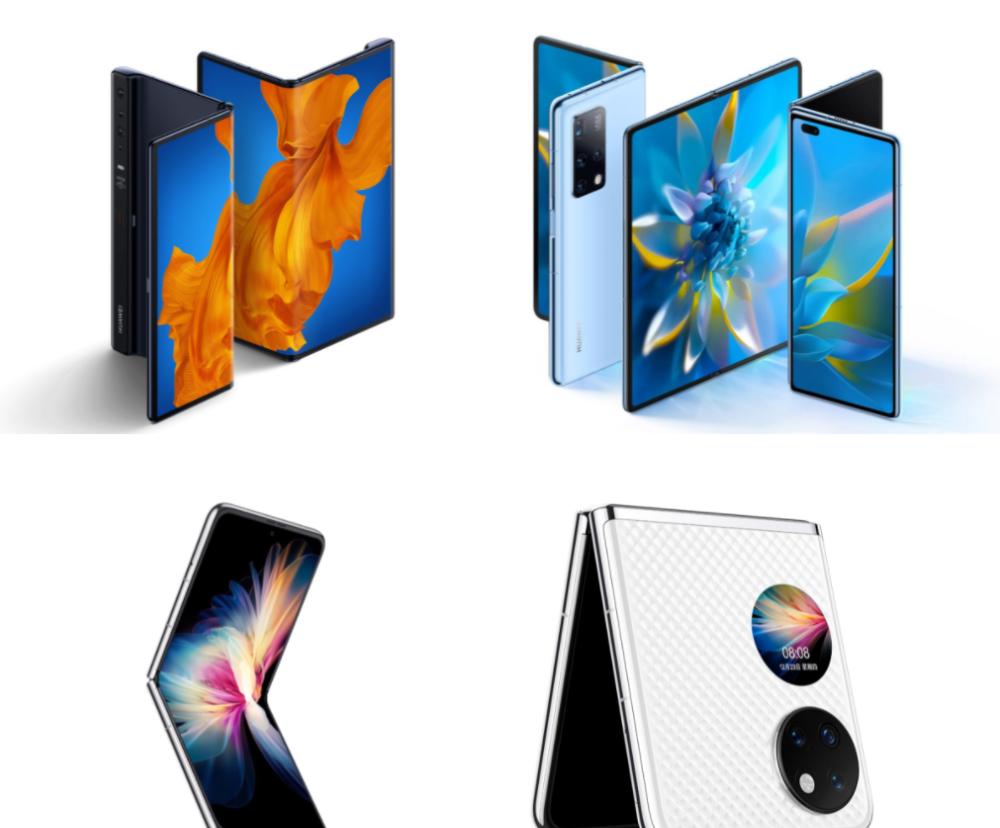IT Home February 18 news, Huawei previously launched the HarmonyOS folding screen design specifications, with the release of a new generation of folding screen Mate X2, P50 Pocket, the official announcement of the HarmonyOS folding screen design specifications ushered in an update.

First, the external screen design specifications have been added
In view of the unique outer screen of the new folding screen in 2021, the HarmonyOS folding screen design specification has added a new "outer screen" section to introduce the adaptation design of the outer screen, helping designers make full use of the external screen of the folding screen and bringing additional surprises to users.
When the folding screen is folded, there is a screen that can be displayed and interacted with, called the outer screen. According to the different sizes of the external screen, the external screen is divided into two specifications: large external screen and small external screen. The size of the large external screen is close to that of an ordinary mobile phone, which can be directly designed according to the layout and interaction of the mobile phone or the folding screen folding state. The small external screen size is small, can only display a small amount of key information or quick operation, and requires corresponding adaptation design.
Since the small external screen requires a special adaptation design, the "Outer Screen" section makes a detailed description of the adaptation design for the small external screen, including applicable scenes, visual display templates, interface language, etc. As shown in the following figure, the "Outer Screen" section provides visual display templates and examples for small outer screens.
In addition, the chapter also explains in detail the experience continuation rules and applicable scenarios for internal and external screens. The large outer screen and the inner screen recommend seamless experience continuation; the small external screen and inner screen need to distinguish between scenes and states to consider whether to experience continuation.
Second, the new multi-window interaction specification
The widescreen feature of the folding screen expansion makes it naturally suitable for multi-task parallelism, so the "multi-window interaction" section has been specially added to the HarmonyOS folding screen design specification to help designers make full use of the wide screen to achieve multi-task parallel and convenient temporary task processing, providing users with a better experience.
This section mainly introduces the positioning, difference, applicable scenarios, adaptation requirements and interaction rules of the three multi-window interactions of floating windows, split screens and parallel horizons on the folding screen.
The pictures below are presented and introduced to these three multi-window interfaces.
▲ Three kinds of multi-window interface presentation
▲ Introduction to three types of multi-window
IT Home learned that in addition to the above new content, the HarmonyOS folding screen design specification has also added more video cases to the original chapter content to help developers, designers and product managers understand typical scenarios and design rules more quickly.